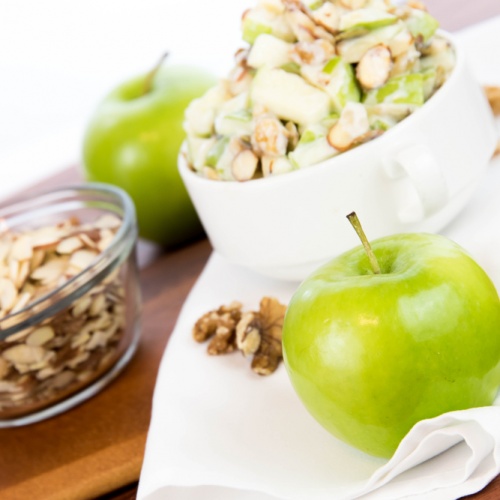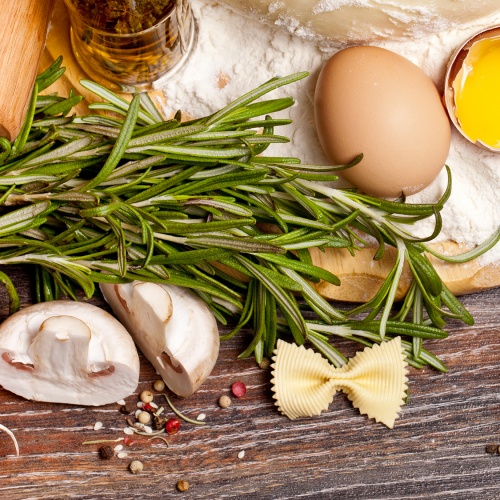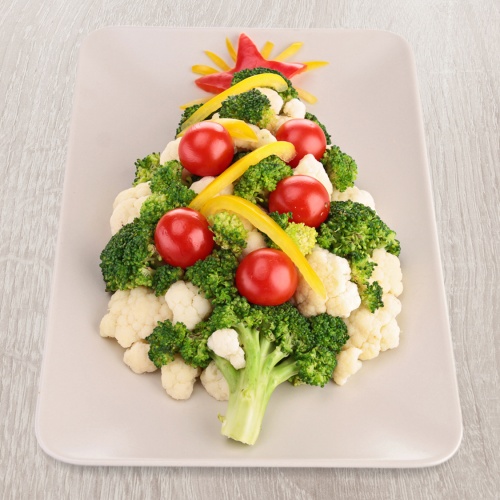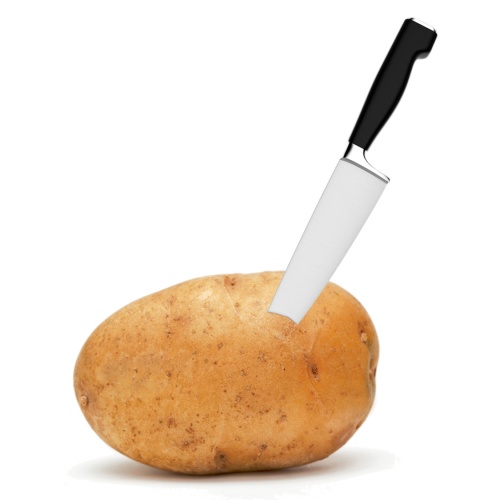Increasing the nutritional value of your diet doesn’t have to be difficult or time consuming. But it does help to think, and shop smart.
The key is to get into the habit of buying some “staples” in your shopping list and then knowing how best to use them at key meals throughout the day to add that extra “punch” to your diet.
What follows isn’t rocket science, or even that surprising. But there’s a world of difference between thinking; “Yeah, I know that” and “Yeah, I do that.”
The secret is turning knowledge into habit. So here’s how easy it is:
Fruit
Fruit is packed full of vitamins, minerals and antioxidants and really helps to keep your immune function firing. Best of all, fruit rarely needs cooking, or much preparation at all.
So:
- Chop up an apple or a banana, or add a kiwi or berries to your morning (healthy) cereal or porridge
- Don’t be afraid of blending your fruit on a base of water or milk to give you some morning energy
- Instead of buying a fruit flavoured yoghurt, fresh fruit added to a base of Greek yoghurt is the perfect combination
- Fruit provides a great desert for those looking to satisfy their sweet tooth in the evening – so don’t be shy of a good apple crumble or poached pears
And if you’re concerned about fruit going off, then buy it frozen. Or freeze it yourself. You can put it into a smoothie straight from the freezer, or it can be easily defrosted overnight.
Nuts
Maintaining a supply of nuts in your cupboards such as almonds, walnuts, or a bag of mixed nuts provides a great way to boost your “good” fat intake, and provides an extra source of protein. They’re a great snack between meals to help manage your feelings of fullness, but if that’s not your thing, you can also try…
- Adding your choice of nuts into your morning cereal of porridge. If you’re feeling more adventurous, they are perfect for homemade muesli or granola!
- A handful of nuts can become a staple in your Greek yoghurt, not only for goodness but for an extra bit of texture and crunch
- A few nuts should go into all salads. Of course it is your choice, but what a great way to add a little taste and texture.
A new trend of the moment is “nut butters”. If you like peanut butter, why not try, almond or cashew butter. A spoonful can go into all smoothies, whilst you might have it with an apple as a snack during the day. You can make them yourself, or more conveniently, you can buy them in health food shops, and increasingly, supermarkets. Choose the crunchy type, and the ones without added sugar.
Eggs
Good news. Eggs are now officially good for you. No ifs, no buts, and no restrictions no the number of eggs in your diet anymore (common sense applies, of course).
They’re a great source of protein (7g per egg to be exact). And because they’re easy and quick to prepare, they’re perfect for breakfast, whether poached, scrambled or as an omelette. What’s more, a hard boiled egg can be a tasty snack between meals, or added easily to a salad.
Salad
Salad is a really good and nutritious habit to get into – the classic combination of lettuce, tomato, cucumber and pepper provide a boost of vitamins and minerals. It also makes a perfect base for salmon, tuna, or chicken – or any other protein source for that matter
The problem is not that we’re not buying enough salad, but that we’re binning too much. So don’t just buy it, use it. As a starter with your evening meal. Or as a simple addition to lunch. Either way, it takes seconds to prepare. And if it feels a bit bland, it only takes a few seconds more to spice it up with a handful of berries or nuts (both great nutrition-boosters in their own right, and both a requiring almost no additional preparation.)
Vegetables
As we all know, many vegetables can be a meal in their own right. But here, we’re talking about using them to add extra nutrients, quickly and easily, to other foods.
For instance:
- Asparagus is very low in calories and sodium and also a good source of vitamin B6 and magnesium. They are perfect to have with your scrambled or poached eggs, or even added to an omelette
- An avocado is a good source of fat, and provides a perfect complement to salmon or upping the nutritional weight of a salad. If you fancy it, some homemade guacamole is a nice dip for some carrot sticks as a snack
- Peas are high in fibre and Vitamin C. Frozen, they keep their nutritional value, so keep a big bag in you freezer as a staple. They cook in a couple of minutes, or can be added at the last minute to your rice or soup. (You can do the same with other frozen vegetables such as broad beans or spinach).
- Grated courgette, carrot or red cabbage can also be added to your rice, form part of your salad or provide the base for a stir-fry. And added to sauces, they’re a great way to sneak some extra nutrition into fussy children.
Lentils and pulses
Frankly, even the most avid carnivore should try to cook a vegetarian meal at least once a week (partly to challenge your cooking skills, and partly for the variety). But even if you’re not a vegetarian, lentils and pulses are a great storecupboard staple. They’re an excellent source of protein and iron and can be easily added to a salad, casserole, stew or soup. And if you’re batch cooking – always a good plan for the busy and time-poor – they’re great for taking on the flavours of a dish and increasing the number of servings you get out of it.







